Outreach blog: All Work and No Play?
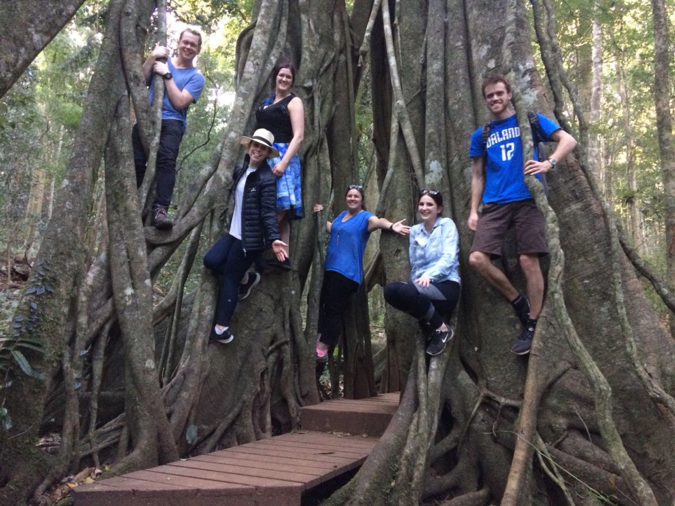
This blog post written by Master of Science Communication (Outreach) student Leisha Duncan.
Science Circus Life: all work and no play?
Definitely not.
While being on tour is incredibly busy; doing school shows, pop up science centres, and promoting our presence, we’re sometimes given the wonderful opportunity for some free time spent however you want! Even more exciting is the occasional day where the whole team is free at one time. These are rare beauties that come every so often and are very treasured. These days are the opportunity for everyone to have a day off to do un-circus related things.
The first time this happened in Tour 3 was while we were in Kingaroy, located in South-East Queensland. As an environmental biologist and just a general enviro nerd at heart, I couldn’t pass up the opportunity to visit the Bunya Mountains and immerse myself in my happy place – nature, with a group of fabulous Science Circus friends. Our group also decided to visit the monthly Nanango Markets, which were conveniently mentioned to myself and Arron when we visited the local school in Nanango just a few days prior.
The Nanango Markets
On the morning of our first whole team day off a group of us headed off to the Nanango Markets. These are considered the largest rural markets in South East Queensland. If you’ve ever wanted markets where you could buy some incredible ferns and succulents AND an Axolotl in the same day – well this is where you go.
The Bunya Mountains National Park
Visiting the Bunya Mountains was probably my favourite part of the whole tour so far. In my undergraduate, I studied the Great Dividing Range – so getting to come back to the GDR was pretty spectacular. If you ever have the chance to check out the Bunya Mountains – do it, you won’t regret it! The Bunya Pines (Araucaria bidwillii), which can grow up to 30-45m are awe inspiring. These giant trees also have giant seeds – usually weighing around 8kg!

This is me hugging a giant Bunya Pine. I needed two of me to even try to wrap my arms around the base. (Photo by: Leisha Duncan)
Our group went on a lovely walk on the Eastern side of the Bunya Mountains, but unfortunately the track was closed and we didn’t end up doing the walk we originally intended on, but it was an unplanned adventure. We ended up finding a decades old Strangler Fig (if you haven’t seen these before, they are incredible native trees that grow from the top of another tree and basically grow as a parasite, slowly killing the original tree). Once the old tree has died, the Strangler Fig hollows out and creates an incredible climbing frame!
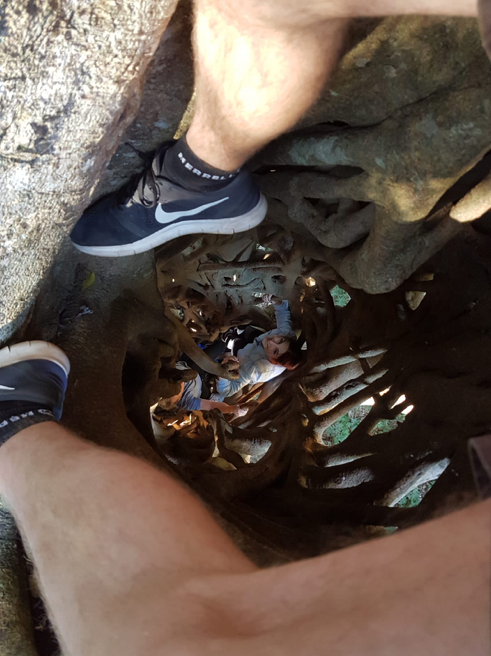
The Stranger Fig our group climbed (Photo by: Joe Fayle)
Though, I think the most incredible part of the Mountains is the difference you get between the East and West sides of the GDR. On the East, you get stunning rainforests epiphytic ferns and vines with waterfalls. But, then on the West, the difference is so sudden and so contrasting with the rainforest turning into drier, eucalypt forests – you can even feel the difference in temperature.
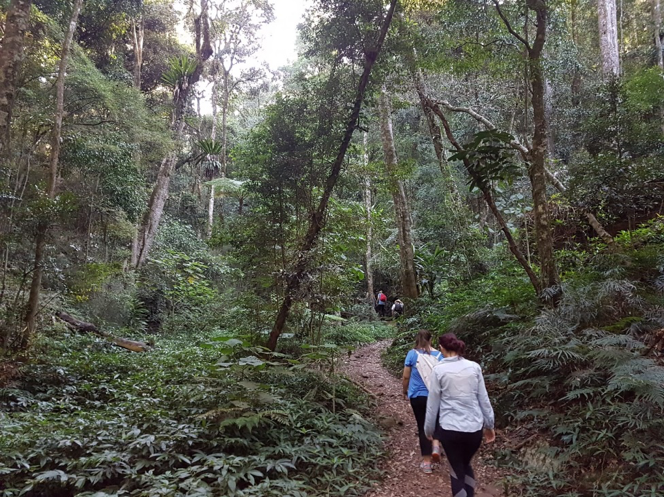
The Scenic Circuit on the Eastern Side (Photo by: Joe Fayle)
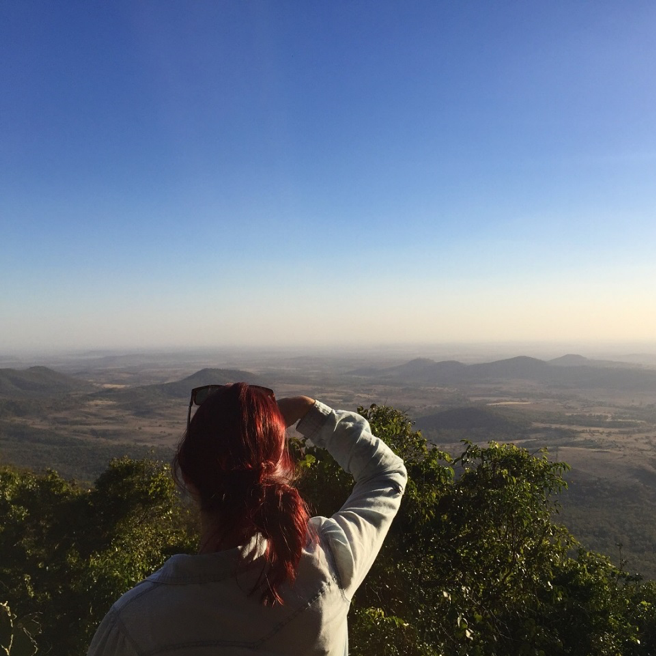
The West Side of the Bunya Mountains at Westcliff Lookout on the way to Paradise (Photo by: Leisha Duncan)
Additional highlight of the day, meeting a super friendly wallaby :)
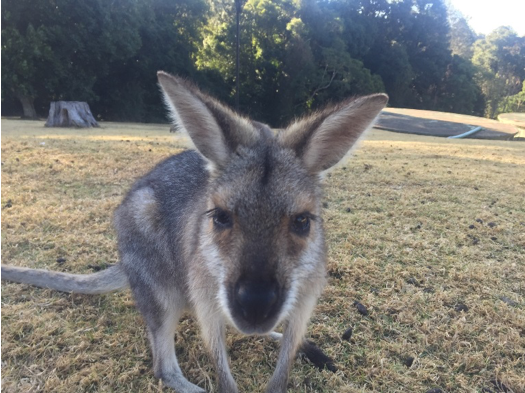

Tour life can be stressful and intense, but I wouldn’t change a thing. Especially when you get to share such incredible and fun experiences with some of the most amazing people I’ve ever met!
Ever wanted to travel the country, talk about science and maybe even hold fire in your hands? As part of the ANU Master of Science Communication Outreach you get to tour
around Australia with the Shell Questacon Science Circus. There's a stipend and some really amazing experiences. Applications close on the 31st of August each year.
